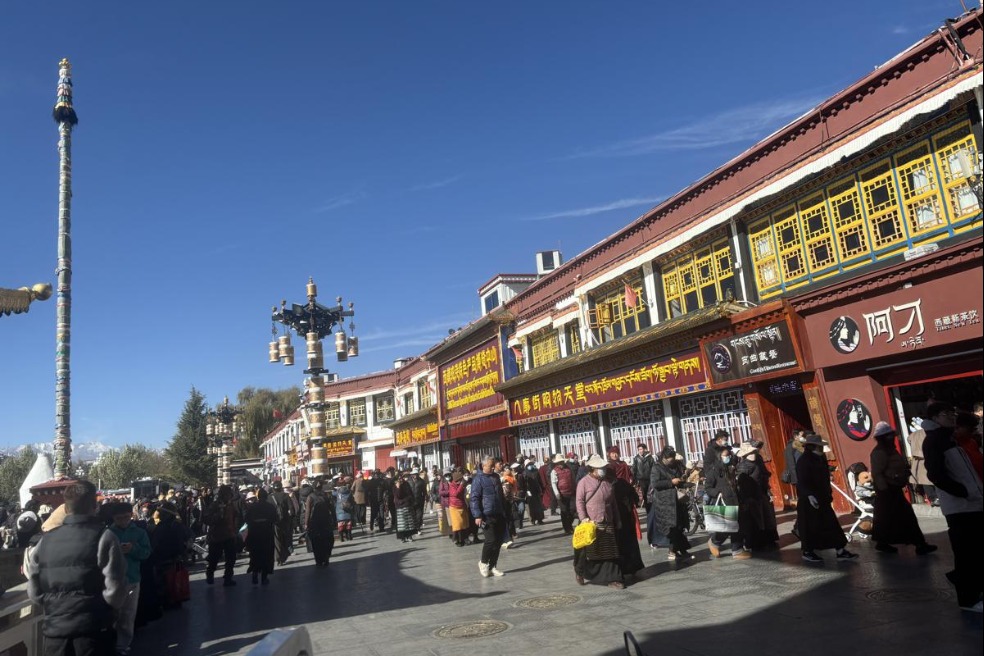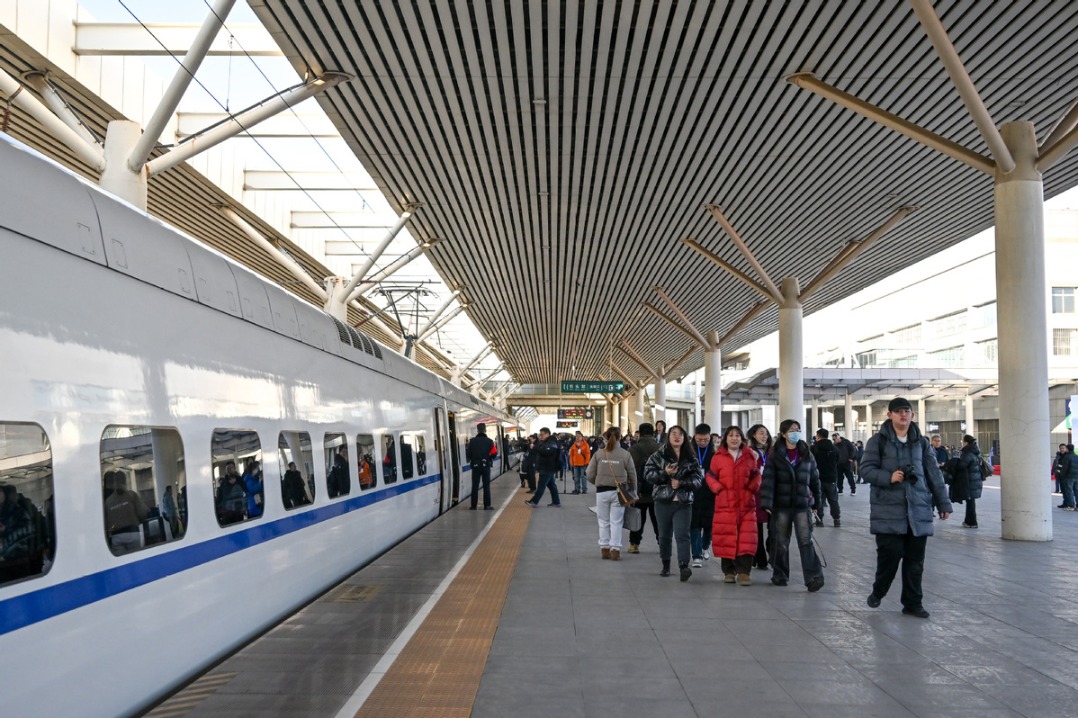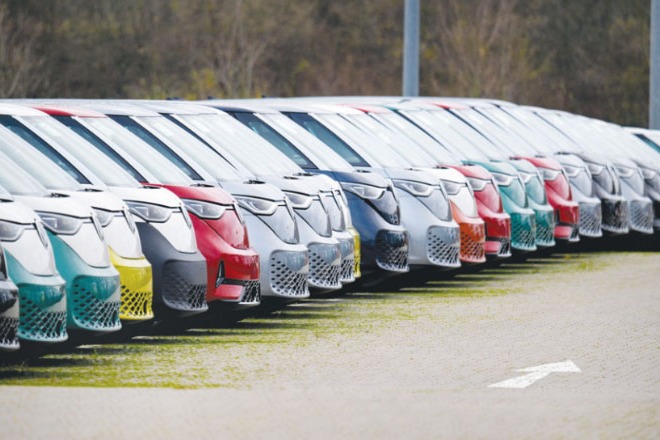Fulfilling a Beijing courtyard dream


I would take a long morning walk as my regular exercise. From my courtyard near Jiaodaokou, I would head out, passing the former residence of Mao Dun. In the morning, people were heading to the markets while children, often wearing yellow caps, were going to school. West along Heizhima Hutong and Fangzhuanchang Hutong, I would reach Dianmen Outer Street. In the north rose the massive Drum Tower, while ahead the former Fire God Temple was being restored. My walk would also encompass the three lakes of Beijing's greater Shichahai Lake District. Along the way, I passed local markets, temples, pavilions, courtyards, the former residences of Soong Ching Ling, and much more. I was fascinated with people swimming, even in the icy winter cold.
It was surprising to discover the lakes were mostly manmade, going back to the 13th century Yuan Dynasty. Waterways connected with the Grand Canal at Tongzhou, allowing barges to carry grain and foodstuffs from the lower Yangtze region to Beijing and in particular to the Forbidden City. This waterborne traffic led to much commercial development around the lake shores and the western Gulou area, becoming the most commercially vibrant area of Beijing for a while. Later I would go on to walk and discover more of Beijing's intricate canal and water management systems.
Yindingqiao, or "Silver Ingot Bridge", became my favorite location where a small, narrow canal connected the back and front lakes. When I first discovered it in 1995, it was a quiet local area where small restaurants steamed dumplings close to the bridge. Later a few small cafes and bars opened, creating pleasant locations to spend summer evenings watching boats on the water or pedicabs carrying the few visitors who then had sought out this enchanting part of old Beijing.

































